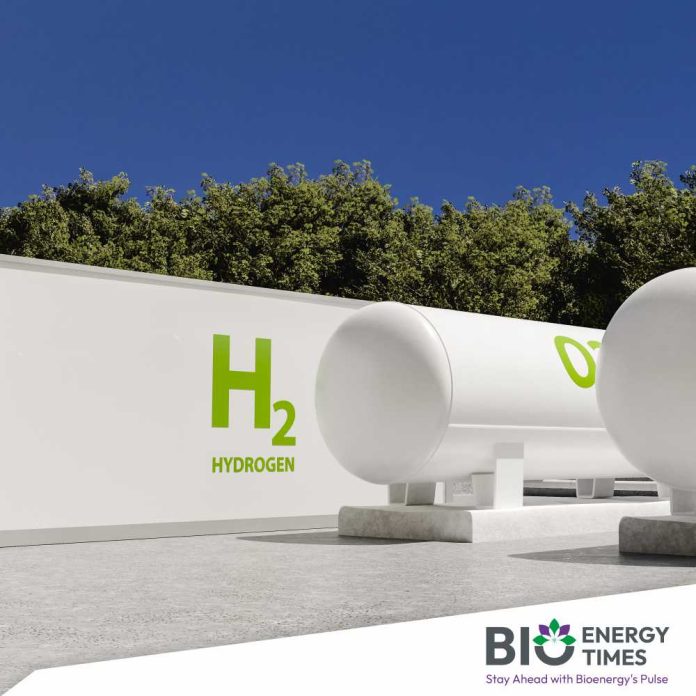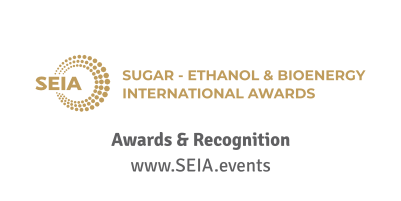Green hydrogen developer InterContinental Energy (ICE) has unveiled a new modular system called the P2(H2)Node, which it says could dramatically change how green hydrogen is produced around the world, reports Energy Source & Distribution.
The Australian-designed system directly connects hydrogen production units to wind and solar farms, removing the need for long-distance power lines. This shift, ICE says, will lower costs, reduce energy loss, and make clean hydrogen production more efficient and scalable.
By using standardised designs and modular construction, the system promises to cut building costs by up to 10% and increase operational efficiency by another 10% compared to traditional models. The design has been in development by ICE’s Perth team for four years and is already patented in Australia and the United States, with applications pending in other countries.
“This system simplifies green hydrogen production and makes it easier to scale up projects around the world,” said ICE CEO Alexander Tancock. “It’s especially suited for remote and coastal areas with lots of renewable energy but weak power grids.”
Traditional hydrogen projects usually rely on centralised systems that require costly electricity transmission from wind or solar farms to hydrogen plants. These long connections can waste energy and drive up costs.
In contrast, ICE’s new approach places the hydrogen production directly at the renewable energy source. This not only avoids energy losses but also speeds up deployment and reduces complexity.
ICE believes the P2(H2)Node will be key to advancing its large-scale hydrogen projects, including the Western Green Energy Hub (WGEH) in southern Western Australia. That project, developed in partnership with CWP and Mirning Green Energy, aims to produce hydrogen and its byproducts such as ammonia and synthetic fuels at scale.
“With support from the Australian Government’s recent hydrogen incentives, we expect to bring green ammonia production costs below US$650 per tonne,” said Isaac Hinton, ICE’s Australian lead. “That would open the door for new investment and thousands of new jobs across the region.”
The Node system is expected to make green hydrogen and its derivatives cost-competitive for major global industries. These include steelmaking, aviation, shipping, and fertiliser production—sectors that are hard to clean up with electricity alone.
ICE’s innovation comes at a critical time, as governments and industries worldwide race to cut emissions and shift away from fossil fuels. If successful, the P2(H2)Node system could put Australia at the forefront of the global green hydrogen market.
















